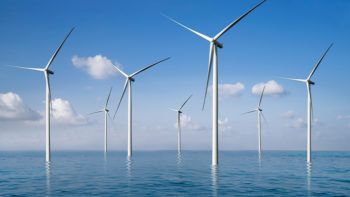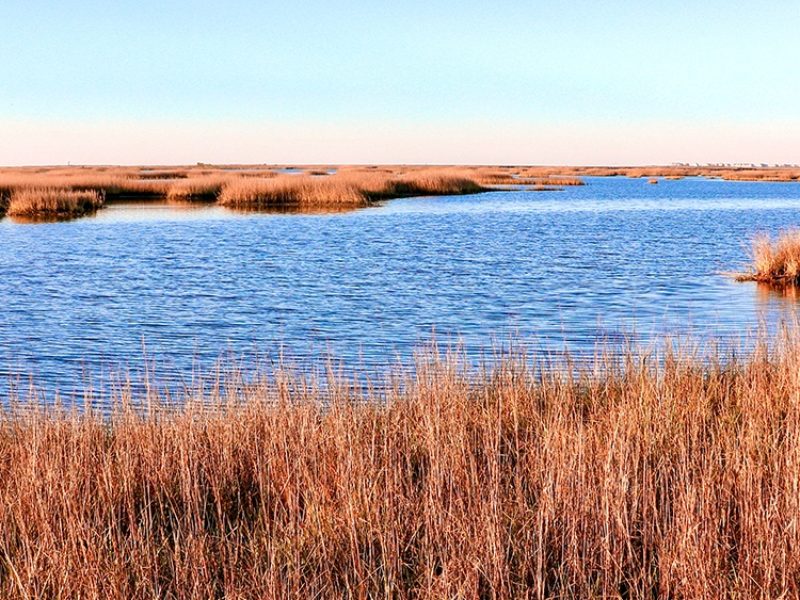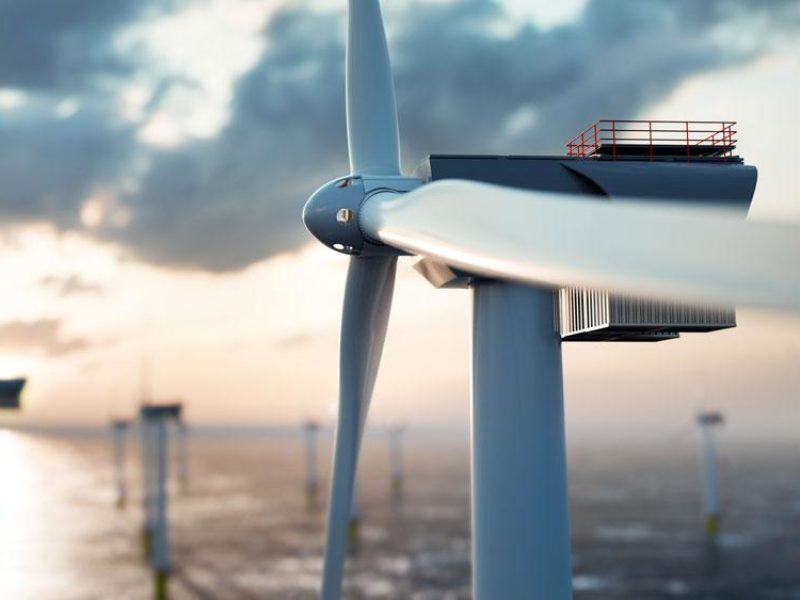Researchers Receive Grant For Vibratory-Installed Wind Turbines In Offshore Environments

Wind turbines are a renewable energy resource of the future, but installing these enormous turbines in offshore ocean environments is becoming increasingly costly and labor-intensive. As society becomes more dependent on renewable energy resources, the development of improved installation processes is required.
A team of Texas A&M University researchers have theorized a way to transport and install a 15-megawatt wind turbine in offshore environments using vibratory hammers. Funded by the National Offshore Wind Research and Development Consortium, they will research the practicality and intricacies of taking this idea from theory to reality.
“15-megawatt wind turbines are the future, and as the wind turbine size increases, it is more effective and energy-efficient,” said Moo-Hyun Kim, professor in the Department of Ocean Engineering and co-principal investigator on the project. “In the United States, we have never installed a gravity-based wind turbine of this size, and this may be a pioneering attempt to make this feasible.”
Currently, the most effective method for building and mounting turbines into the seabed uses a monopile foundation driven deeply into the seabed with large impact hammers. The drastic increase in the size of wind turbines (from about five megawatts to 15 megawatts) has created an issue with pile driving, requiring massive piles extending to depths of 70 meters or more for insertion of the turbine foundation.
The team has proposed a new way to insert wind turbines into the seabed through the use of vibratory hammers capable of quickly puncturing and temporarily loosening the seabed, to install a so-called bucket foundation. Although these hammers have been used for installing bucket foundations in other near-shore contexts, this will be the first time they will be used in an offshore application.
“When the hammer vibrates, it temporarily liquefies the soil and will allow the turbine to enter the soil very rapidly,” said Charles Aubeny, professor in the Zachry Department of Civil and Environmental Engineering and principal investigator on the project. “As opposed to impact installation, which uses one large hammer, multiple vibratory hammers may be used simultaneously. This means no strict limit on the foundation size.”
By using vibratory hammering, the foundation can be more compact. This feature allows for the capability to construct the wind turbine on land then float it out to the offshore location. Floating the wind turbine to the site would tremendously cut down cost and construction time by bypassing the need to use a crane.
“Cranes are expensive, and in the offshore business, they charge about a half million dollars per day for use,” said Saadat Mirza, professor of practice in the Department of Multidisciplinary Engineering and co-principal investigator. “We are proposing that we assemble the whole structure onshore and float the structure out. This idea is completely new to the industry.”
Aubeny said the use of vibratory hammers for installation of bucket foundations is also less time-consuming. Another competing method is called suction installation. Water is pumped out of the seabed, and the differential pressure pushes the bucket foundation into the seabed. This process generally takes around eight to 10 hours. In contrast, the vibratory installation would only take 10-15 minutes, immensely decreasing installation time and financial cost.
Vibratory hammers also decrease noise pollution associated with installation. One large hammer piling into the seafloor is much louder than vibratory hammers simultaneously working, which is another benefit of their proposal.
Their research will continue throughout the year and is primarily in the conceptualization stage. The team will determine the feasibility of the design and the economics to support the project.
As the world increasingly turns toward renewable energy resources, the researchers’ goal is to simplify the installation process for environmental and economic purposes to inspire a greener generation of energy.
“Oil and gas companies are moving into alternative energies,” Mirza said. “This is an opportunity for us, if we are successful, to bring people together and start teaching alternative energy concepts to the students.”
This article by Michelle Revels originally appeared on the College of Engineering website.





